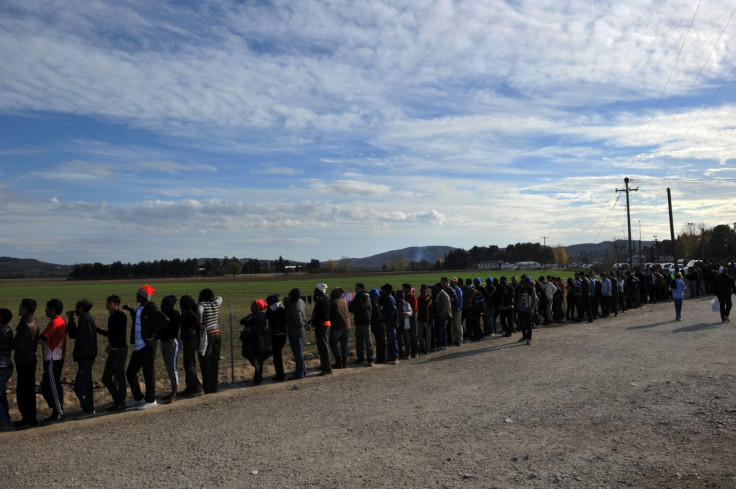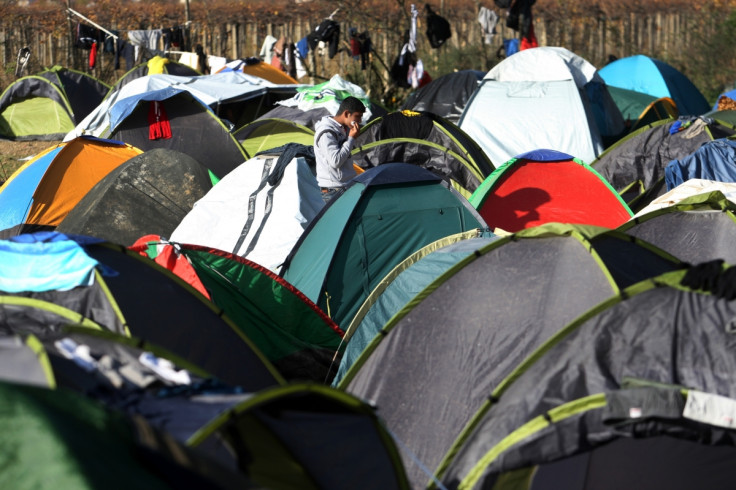European refugee crisis: Macedonia builds 10ft-high razor-topped fence along Greek border

The Republic of Macedonia is just weeks away from completing a 10ft-high razor-topped fence along its border with Greece to stop refugees and migrants entering the Balkans. With more than a million people making the treacherous journey across the Aegean Sea from Turkey to Greece in 2015, countries in south-east Europe were overwhelmed as many attempted to move swiftly through the region on overcrowded trains heading west – in particular towards Germany and Scandinavia.
As winter weather gives way to warmer conditions in southern Europe over the coming weeks, a fresh wave of refugees is expected to arrive on its shores. New arrivals are expected to see far less chaotic conditions in 2016, however, as the Republic of Macedonia, Croatia and Hungary have all built massive fences, limiting entry to their countries to ensure that refugees are properly registered and documented as they pass through.
Armed security teams from six other Eastern European nations will help Macedonia patrol its southern border. This underpins the idea that Macedonia's fence would operate as a bottleneck to slow the refugees down and allow countries such as Hungary, Serbia, Croatia,Bosnia and Herzegovina, Austria, Slovakia and Bulgaria the suitable amount of time to process a steady stream of arrivals.
The fence is modelled on a similar design erected in Hungary, according to the Sunday Express. It should allow Macedonia to prioritise refugees from war-torn Syria, Iraq and Afghanistan as well as delay or prevent the entry of migrants from elsewhere in the Middle East and East Africa, whose arrival in Europe may be driven primarily by economic factors.

Macedonia's position in south-eastern Europe means that most migrants try to pass through the country rather than take the longer route through Bulgaria. An alternative option for refugees is Albania, although few pass this way because Albania is poorer than Macedonia and has worse transport.
The construction of the Macedonian fence comes after fierce clashes throughout Eastern Europe last year as more than a million people tried to pass through the region to reach Hungary. As that country is situated in the EU's so-called Schengen Area, once migrants pass through its border they can theoretically continue on unchecked as far as Spain – although most choose to settle in Germany or Sweden.
Hungarian Prime Minister Viktor Orban said: "No one except us Hungarians protected their external Schengen borders. I think the next line of defence that we need [is] to build up lines on the northern border of Greece."
© Copyright IBTimes 2025. All rights reserved.





















